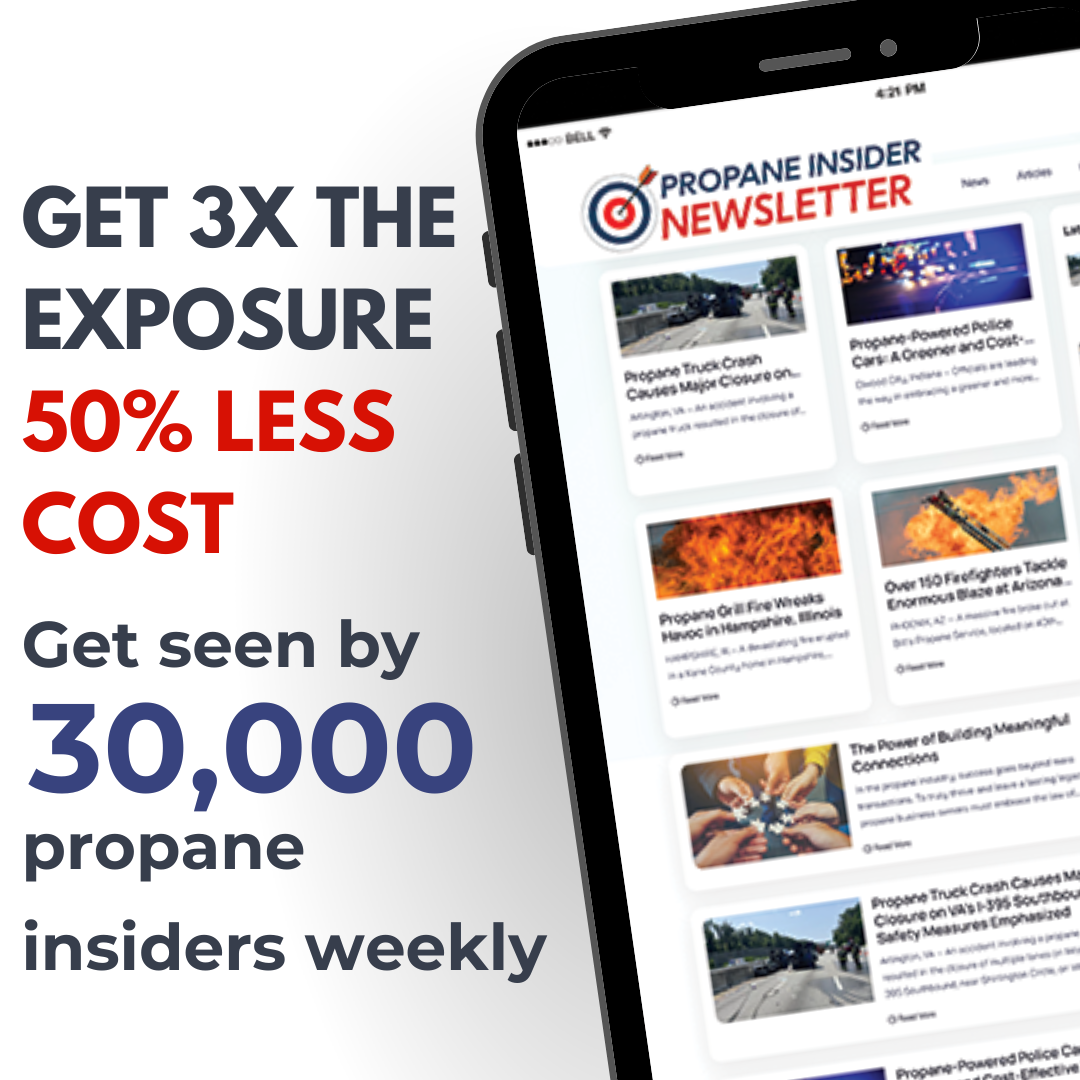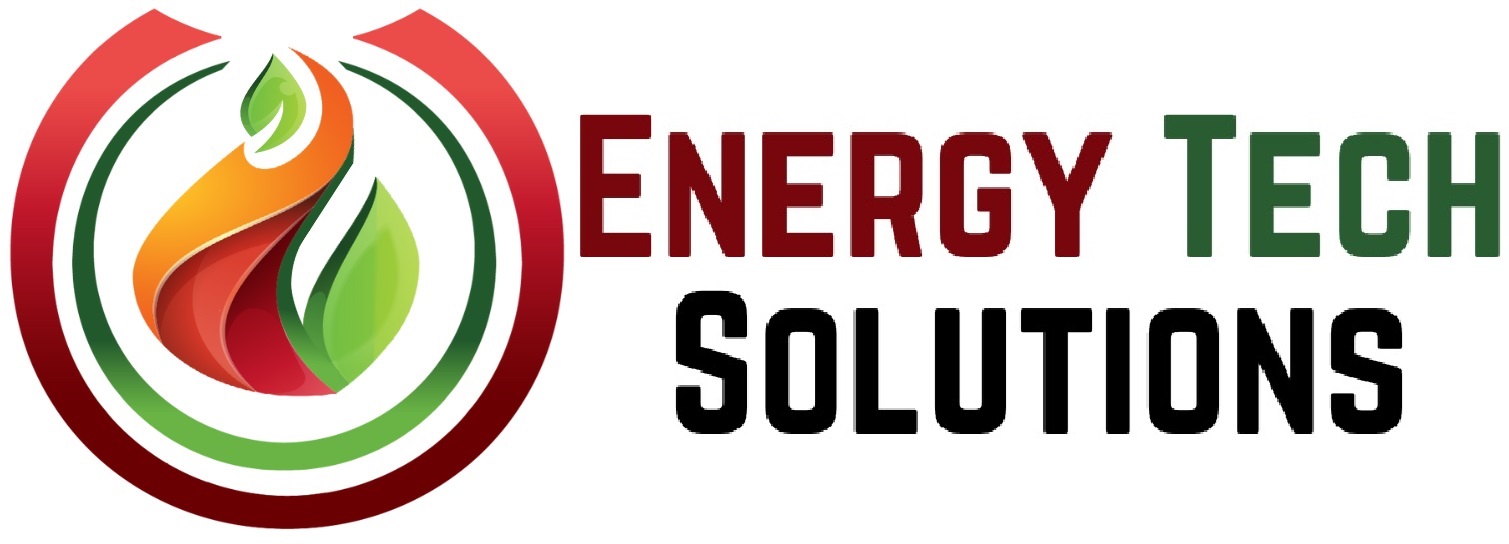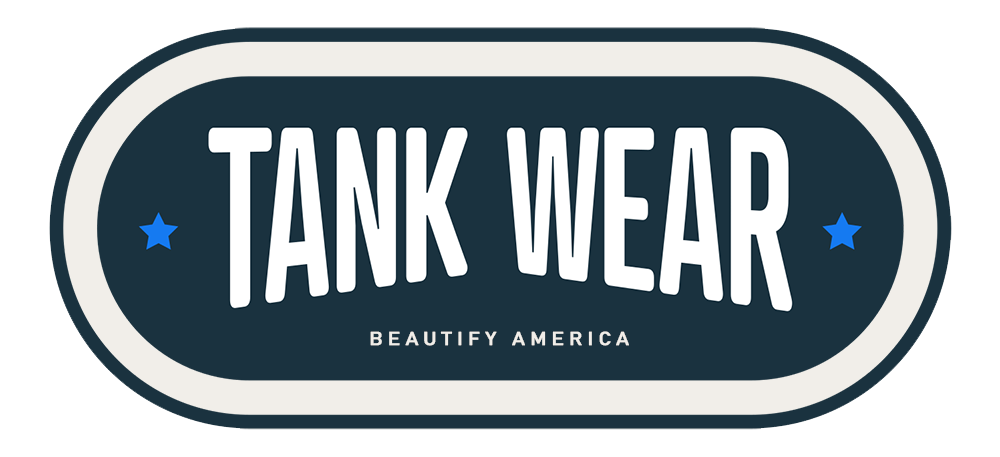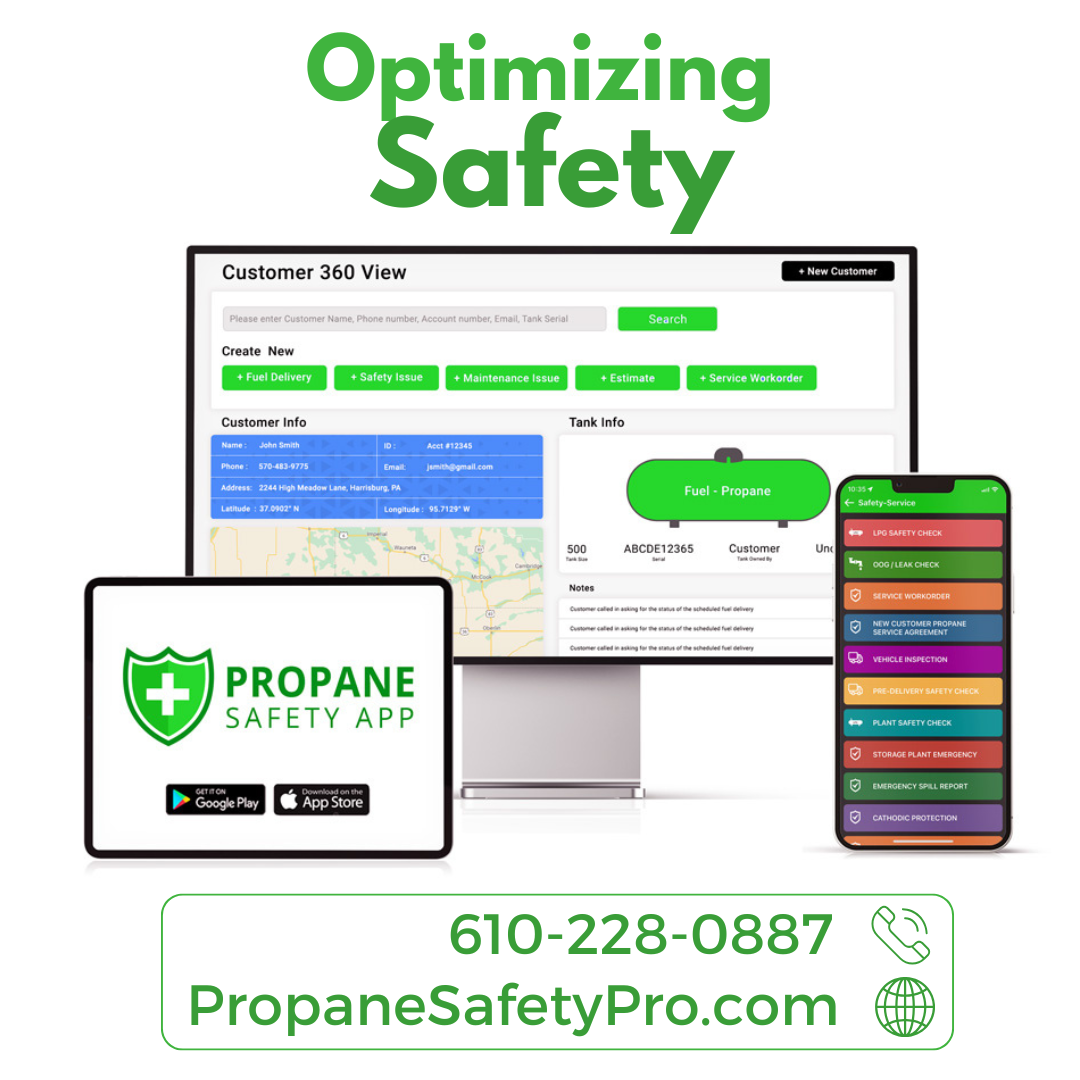Navigating the Ebb and Flow of Propane Price Fluctuations
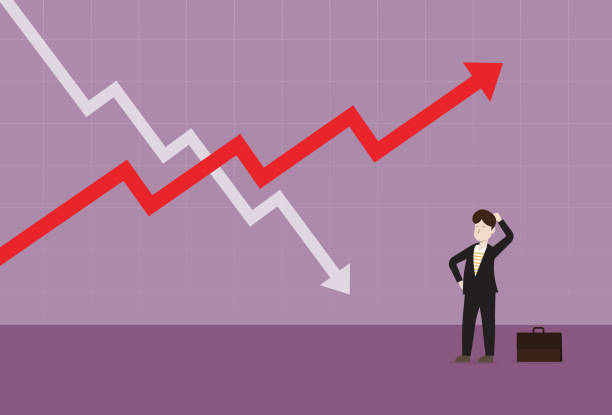
With around 5% of U.S. households relying on propane for heating alone and countless businesses following suit, it becomes imperative to decipher the intricate dance of propane prices. Unlike electricity, which flows uninterrupted, propane is a commodity that requires periodic replenishment, making it essential for consumers to grasp the factors behind its price fluctuations. Let’s demystify the forces driving the ups and downs of propane prices and equip you with the knowledge to make informed decisions about when to fill your propane tanks.
Do Propane Prices Really Fluctuate?
The answer is an unequivocal yes. Just like other commodities, including oil and natural gas, propane prices are subject to a multitude of ever-changing factors. These variables conspire to create fluctuations in propane costs throughout the year. While these price shifts might seem small, even minor changes can significantly impact your energy expenses. Thus, homeowners and business owners who rely on propane must be savvy consumers, understanding the dynamics that influence propane prices and strategically timing their purchases.
Common Reasons Behind Propane Price Fluctuations
Propane prices do not dance to the tune of consumers’ whims; they are dictated by factors largely beyond our control. However, knowledge is power, and understanding the intricacies of propane prices can empower you to make more informed decisions about when to fill up your propane tanks. Here are six common reasons why propane prices tend to fluctuate:
1. Supply and Demand
Propane, much like various other products, is deeply influenced by the age-old law of supply and demand. While propane production remains consistent year-round, consumer usage tends to follow seasonal patterns. As temperatures plummet, households and businesses ramp up their propane consumption for heating purposes. Consequently, demand surges from October through March. Unforeseen events like sudden cold snaps and snowstorms can further amplify this demand.
2. Natural Gas and Crude Oil Prices
Propane’s fate is intricately linked to natural gas and crude oil prices. As a byproduct of the natural gas and crude oil refining process, propane prices are influenced by the ups and downs of these primary energy sources. For instance, disruptions in crude oil production, such as the recent unrest in Kazakhstan, can lead to increases in propane prices. Given that 76% of U.S. propane production is derived from natural gas, any circumstances affecting natural gas production can have a ripple effect on propane costs.
3. Supply Location
The geography of supply also plays a role in propane pricing. While the U.S. predominantly sources its own natural gas and, consequently, propane, it does import a portion from Canada and Mexico. Following imports, propane undergoes processing and storage at facilities across the nation before reaching local suppliers for consumer purchase. This intricate logistics network incurs time, energy, and monetary costs, all of which are reflected in the final price of the product.
4. Production Bottlenecks
Propane production is intimately tied to the availability of natural gas and crude oil. Unfortunately, when production of these primary resources falters, it’s impossible to ramp up propane production independently. The ability to produce more propane hinges on the existence of ample natural gas and crude oil supplies, both of which can face shortages due to a myriad of factors.
5. Exportation Volume: Balancing the Scales
In addition to importing propane, the U.S. also exports propane worldwide. When propane exportation exceeds production or importation, it can reduce the quantity of propane available to domestic consumers. This imbalance in supply and demand can cause propane prices to rise, making it costlier for consumers.
6. Weather
Understanding typical weather patterns can offer valuable insights into propane costs. Given that propane is indispensable for heating during the colder months, consumers must ensure they have an adequate supply for the fall and winter. This period, spanning from October to March, is when propane consumption traditionally peaks. By accurately predicting when the coldest temperatures will arrive, consumers can strategically time their propane purchases to avoid paying premium prices.
However, it’s worth noting that certain weather events can be unpredictable. A sudden September snowstorm or an unexpected cold snap can lead to an unforeseen surge in propane demand, catching consumers off guard. Moreover, natural disasters can disrupt propane production and transportation, further impacting the timing of propane availability and potentially driving up prices.
The world of propane pricing is a dynamic one, influenced by a number of factors that ebb and flow throughout the year. By staying informed about the dynamics of supply and demand, monitoring natural gas and crude oil prices, and being cognizant of weather patterns, consumers can make more strategic decisions over their energy expenses.

